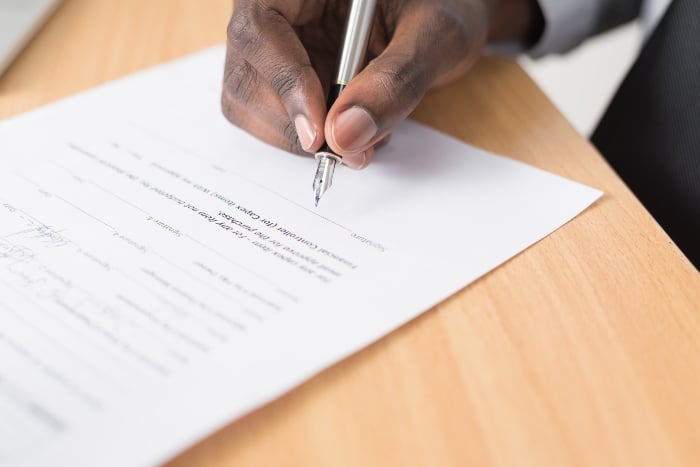
In early 2024, the National Disability Insurance Agency (NDIA) announced it would take extra time to check some claims submitted by participants and providers before they’d be paid – resulting in payment delays.
The payment delays are here to stay, but there are things you can do to help your claims get through the queue.
It’s true – as a National Disability Insurance Scheme (NDIS) plan manager, My Plan Manager plays a part in processing the claims of our clients and their providers, but the Agency plays a part too.
Here’s a quick summary of how it works:
Some claims are scrutinised by the NDIA’s pre-payments team. When this happens, the Agency may contact us to say a claim isn’t compliant, or it needs to be amended, or more information is required.
If a claim isn’t compliant, the NDIA will reject it. This will be communicated to us, and we’ll let you know.
If the NDIA requests more information about a claim, we’ll let you know that too. If the information it needs isn’t provided, the NDIA will keep the claim on hold – but once the right information is submitted and the claim is validated, it’ll be added to the Agency’s next payment run. The NDIA will notify us when to expect the funds, and we’ll be sure to let you know.
The simplest way to get your claim through the queue quickly (and money into your account faster) is to make sure the invoices you submit are structured correctly. They need to have:
If you’re a client submitting an invoice on a provider’s behalf, or a request for reimbursement, we recommend doing that through our purpose-built client portal.
And if you’re a provider, we suggest you use our provider portal – it makes creating, uploading and submitting invoices a breeze. Plus, you can track payment status in real time.
If the NDIA has indicated its decision to cancel a claim, or part of a claim, that’s not reviewable – meaning you can’t seek to change it.
If you want to provide the Agency with feedback about its decision or any other information relevant to a claim, you can do that here.
If the NDIA is holding a claim for a significant period of time, like weeks or months (even once information its requested is provided), you can contact the Agency directly through an enquiry or complaint. However, be sure to speak with us first – we may be able to assist you.
If you have a roadblock with getting paid, we’re here to guide you. You can email us at [email protected] or call us on 1800 861 272 from 8am-5.30pm (SA time), Monday to Friday.
Updated 13 February 2025



